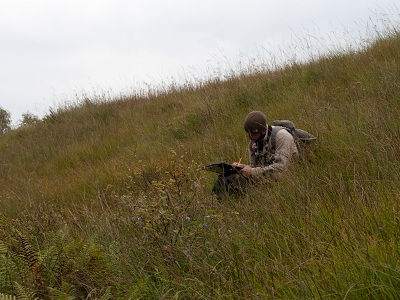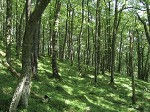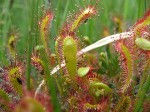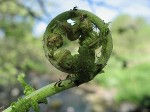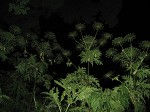
We provide a range of vegetation and habitat surveys for conservation purposes, to provide a baseline for management planning purposes and in support of planning applications. A phase 1 habitat survey or an extended phase 1 habitat survey is often the first step in an ecological appraisal of a site. Surveys for specific plants or groups such as bryophytes (mosses and liverworts) can be arranged where required. The main habitat classification methods used are outlined below.
Phase 1 Habitat Survey
Phase 1 habitat surveys provide a basic audit, identifying the key habitats contained within a site and the dominant plant species within those habitat types. Target notes are also taken where rare species are encountered or where features of ecological interest and/or invasive species are present. Surveys can be carried out at any time of year, although they are best undertaken during the spring or summer when certain flowering species can be identified.
Extended Phase 1 Habitat Survey
An extended phase 1 habitat survey is the most common ecological survey employed during preliminary site investigations. The survey builds upon the basic audit of habitat types present by inclusion of species lists, and provision of details of protected species such as badger, otter, water vole and bats which may be using the site.
National Vegetation Classification (NVC) survey
National Vegetation Classification offers a reliable framework for identifying vegetation communities in Britain, the ecological factors that control them and for assessing their importance in a national and local context. Often termed a Phase II Habitat Survey, NVC surveys can be employed for monitoring vegetation or used to evaluate a site where rare or endangered habitats are identified during a Phase 1 Habitat Survey.
NVC surveys should only be carried out in the spring or summer months due to possibility of species being present which cannot be identified outside of this period. Survey of certain habitats can be further restricted, for example it is best to survey woodland in early summer.
Invasive Species Survey
Certain non-native plant species are extremely invasive and some species such as Japanese knotweed and giant hogweed are listed on Schedule 9 of the Wildlife & Countryside Act. This legislation makes it illegal to cause these species to grow in the wild. We provide surveys specifically to identify invasive plants and map their extent so that a programme of control measures can be implemented. These plants can only be adequately identified and mapped during the growing season, between April and October, though signs of some species may be present throughout the year. Invasive non-native plant species include Japanese knotweed, giant hogweed, Himalayan balsam and rhododendron.
Vegetation and habitat surveys
